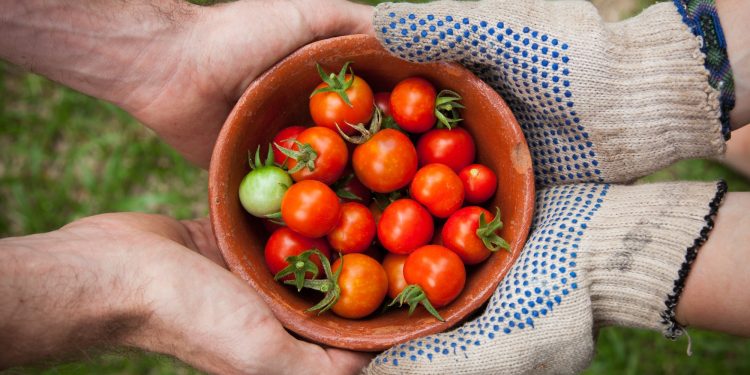There’s a stark disparity in living conditions all around the world – a widening divide that has been made even more apparent during the COVID-19 pandemic. On one end, we have countries that have access to advanced healthcare; on the other, we have countries struggling to contain the rampant spread due to inadequate health and infrastructure resources.
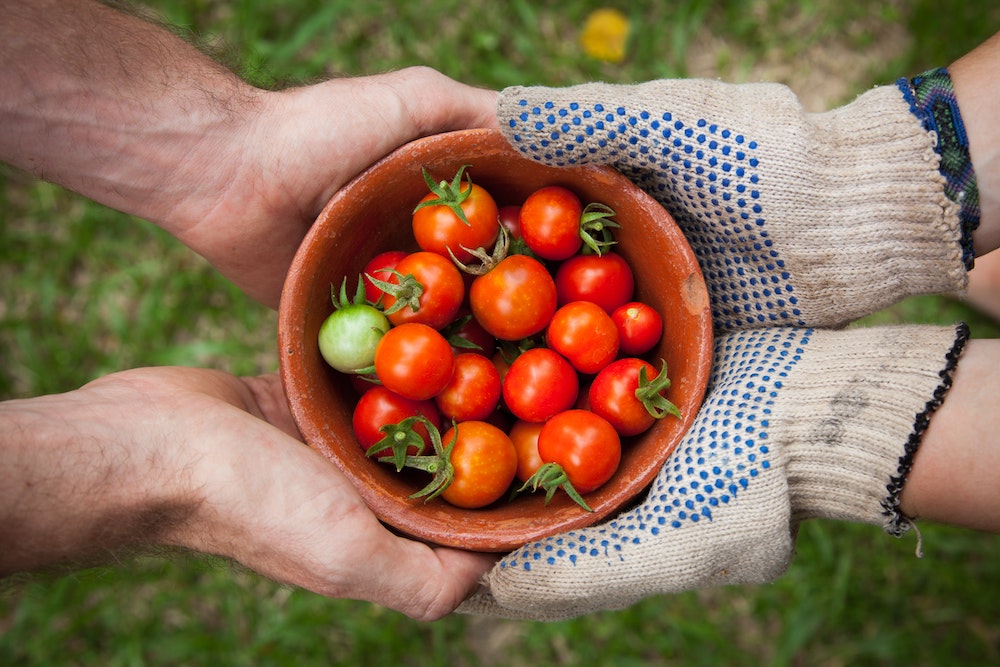
And even when we distil this down to one of man’s most basic necessities – food – the differences are alarmingly striking. Whether we directly feel the effects or not, we are in the midst of a global hunger crisis; a crisis that’s unfortunately exacerbated by the pandemic.
When news of the pandemic first surfaced, many succumbed to their survival instincts and embarked on multiple panic buying sprees. This caused shelves in supermarkets to be completely wiped clean, with people stocking up on food, drink, toilet paper… the list goes on. As demand surged, supply took a critical hit, where grounded planes and closed borders brought food imports and exports to a screeching halt.
Indeed, food scarcity and insecurity, especially for the less fortunate, are two pressing problems plaguing countries around the world. In line with World Food Day’s 2020 theme “Grow, Nourish, Sustain. Together”, it’s imperative for countries to secure a steady food supply, mitigate food waste, and ensure that the underprivileged are fed. And as a country that imports more than 90% of its food supply, how then has Singapore managed this?
Community gardens
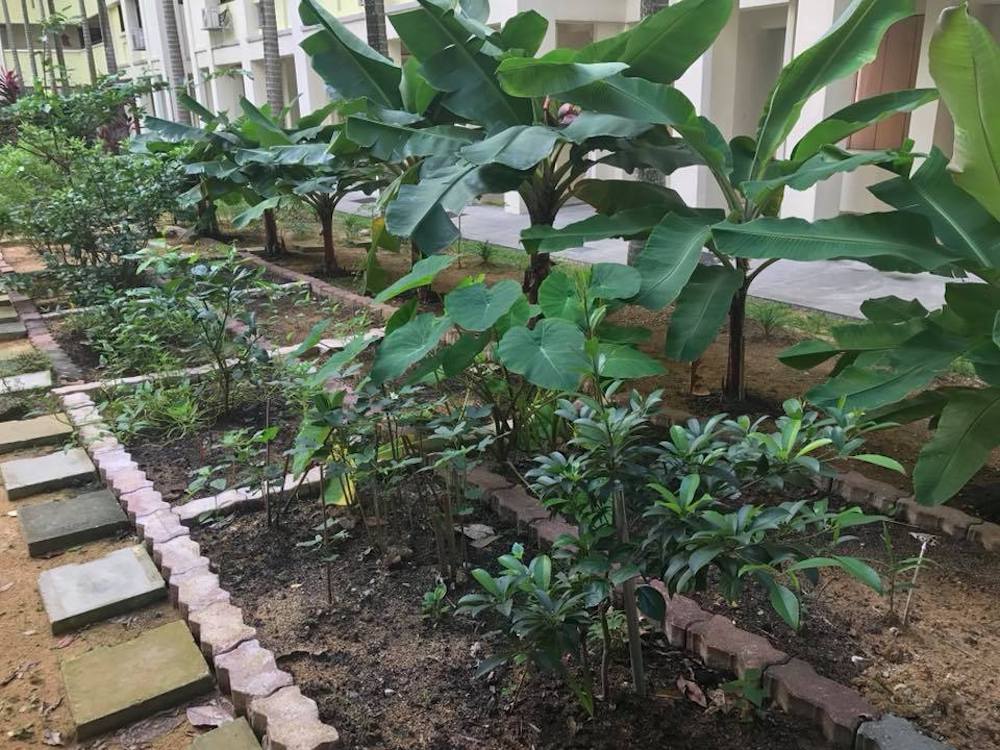
Chances are that if you’re a Singaporean, you’ve seen one of these little green spaces lovingly farmed by the community. Supported by NParks, there are over 1,500 community gardens in Singapore till date. Any interest in setting up such a garden will be met with support from NParks, who will share horticultural knowledge and gardening tips.
Different plants can be found all over the city, such as pandan and lemongrass at Petir Road; custard apples at Fengshan; as well as kailan and melons at Tampines. Individuals can also apply for plots to grow their own crops, such as cai xin, spinach, and radish. At times, crops are harvested and distributed to the underprivileged. In fact, according to 2018’s statistics, more than 1 million native plants have been planted in these community gardens!
Volunteer-led food distribution channels
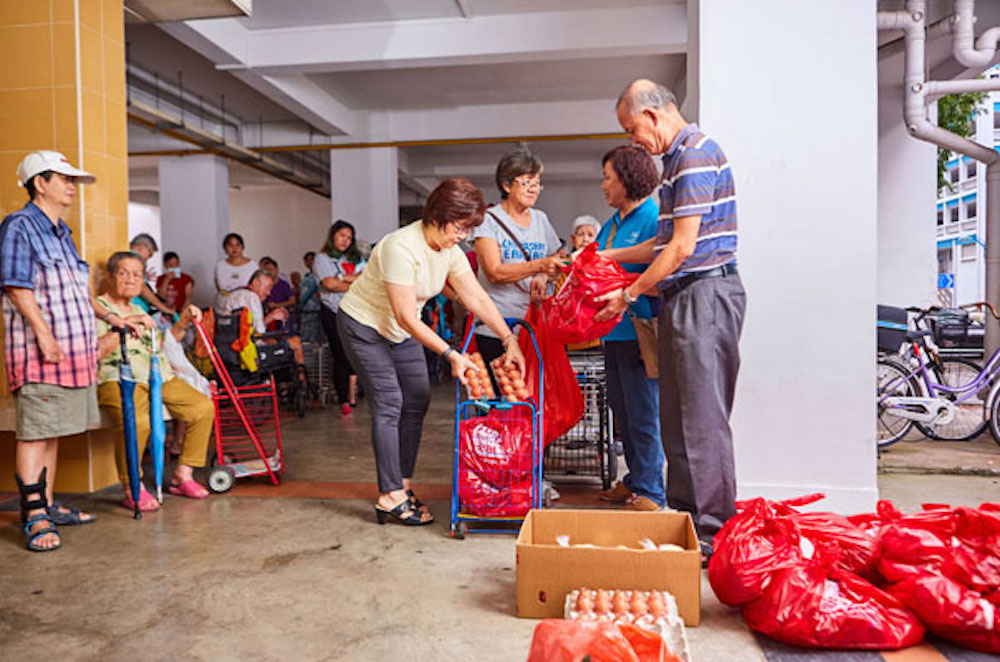
A little kindness goes a long way, and these initiatives have certainly made a huge difference! Food from the Heart, for example, conducts ‘Bread Runs’ which feeds the needy with safe-for-consumption bread that would otherwise have been thrown away. Their ‘Market Place’ initiative directs food that retailers don’t wish to keep onto the shelves towards the underprivileged in welfare homes and other beneficiaries. On a regular basis, their ‘Community Food Pack’ programme distributes food packs to the less fortunate. No one is left out; the ‘School Goodie Bag’ programme provides underprivileged students and their families with food rations as well.
A quick look on Giving.sg also unearthed a ‘Weekly Food Distribution Programme’, where volunteers pack grocery bags for the elderly or needy beneficiaries in the Redhill area. TOUCH’s Meals-On-Wheels rotation delivers meals to the elderly, who mostly live alone, on a daily basis. Willing Hearts also operates a Soup Kitchen, where they cook and pack lunch boxes, which are then delivered to the less fortunate.
Food bank
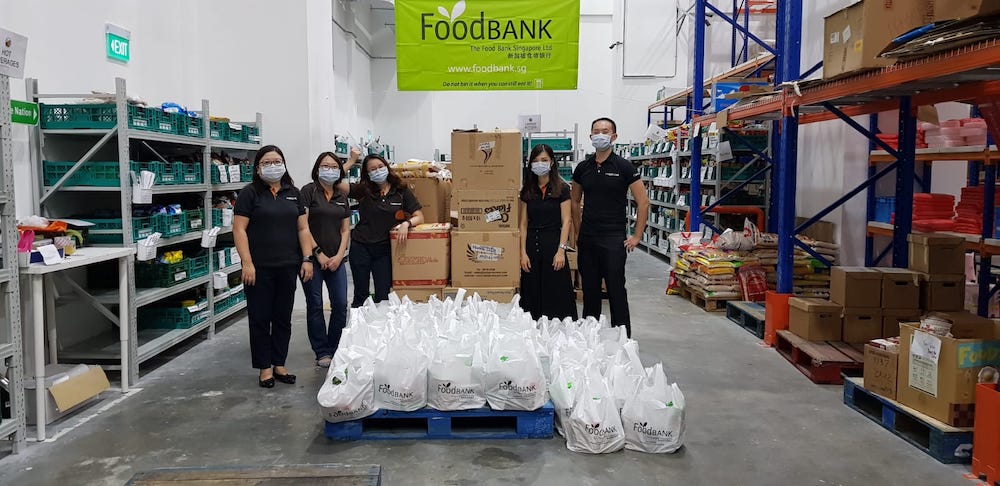
The Food Bank Singapore sources and repurposes more than 800,000 kilograms of food per year – imagine that! This food goes to daily meal programmes, community pantries, and emergency food rations among a list of 360 member beneficiaries. These include various types of homes, family service centres, schools with children from low income families, and more.
Their ‘Food Pantry 2.0’ comprise automated vending machines that dispense round-the-clock emergency food aid to those in need, who are given bank cards loaded with free credits. In light of the ongoing situation, they’ve also collaborated with DBS Singapore to launch a virtual food banking app.
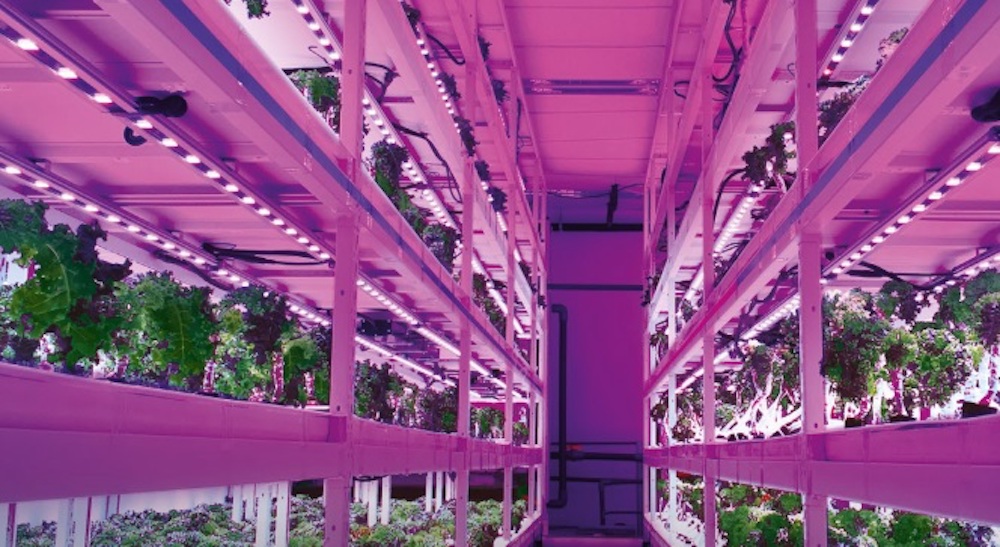
Other than those outlined above, initiatives have seen various community fridges and donation shelves popping up all over the country, such as these in Yishun. On a national level, Singapore also has more than three months’ worth of stockpiles for carbohydrates, and more than two months’ worth of supplies for proteins and vegetables. As part of Singapore’s ‘30 by 30’ plan, where Singapore aims to produce 30% of its food supply by 2030, nine multi-storey carparks are also being converted into urban farms. This joins other urban farming sites in Singapore, such as Citiponics in Ang Mo Kio.
While this may sound assuring, it’s pertinent for us to realise that attaining food security is not something that can happen overnight; instead, it requires the effort and cooperation of every citizen. And with more and more being done everyday, such as the upcoming Tampines Eco Town, there’s no doubt that we’ll get closer to our goal with each passing day!
Join the conversations on THG’s Facebook and Instagram, and get the latest updates via Telegram.


